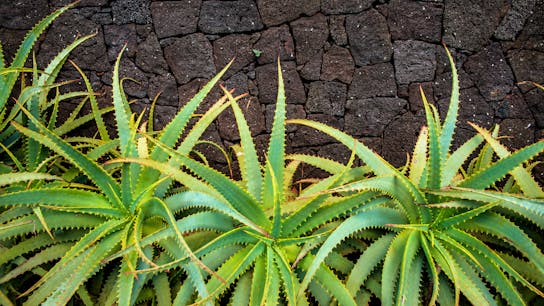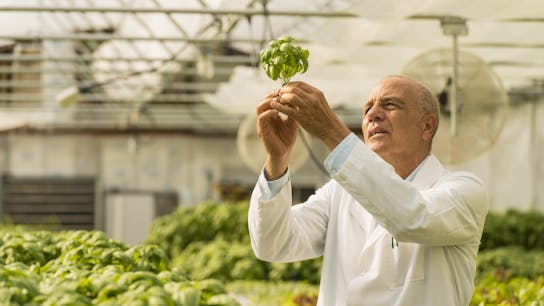Our most precious resource
Fresh water is our most precious resource. But extreme weather and fast-growing cities mean that unless we take measures to manage it more actively, it could also become scarcer.
Each week, 1.5 million people move to cities. By 2030 it’s estimated that there will be 41 cities with over 10 million inhabitants. These fast-growing urban areas need huge quantities of fresh drinking water and in many cases, they extract it from groundwater. Because rainwater can’t soak back into ground that has been concreted or built over, this means the ground beneath a city shrinks as the water is extracted. It’s why major world cities such as Beijing, Jakarta and Mexico City are sinking by around 10cm every year2.
At the same time, climate change is disrupting rainfall, causing more extreme precipitation events in some regions while creating longer dry periods in others. During exceptionally heavy rainfall, rain is even more likely to run off the ground rather than soak into it, further reducing the rate at which groundwater is replenished - and leaving less in reserve for the extended periods when there’s no rain.
Intelligent urban design
We can’t reverse these short-term impacts of climate change any more than we can stem the flow of people heading to cities in search of better lives. But we can build cities better. Intelligent urban design can help ensure that precious rainfall is captured rather than lost, and that water can be carefully managed. This way, cities can be more resilient, and more sustainable.




